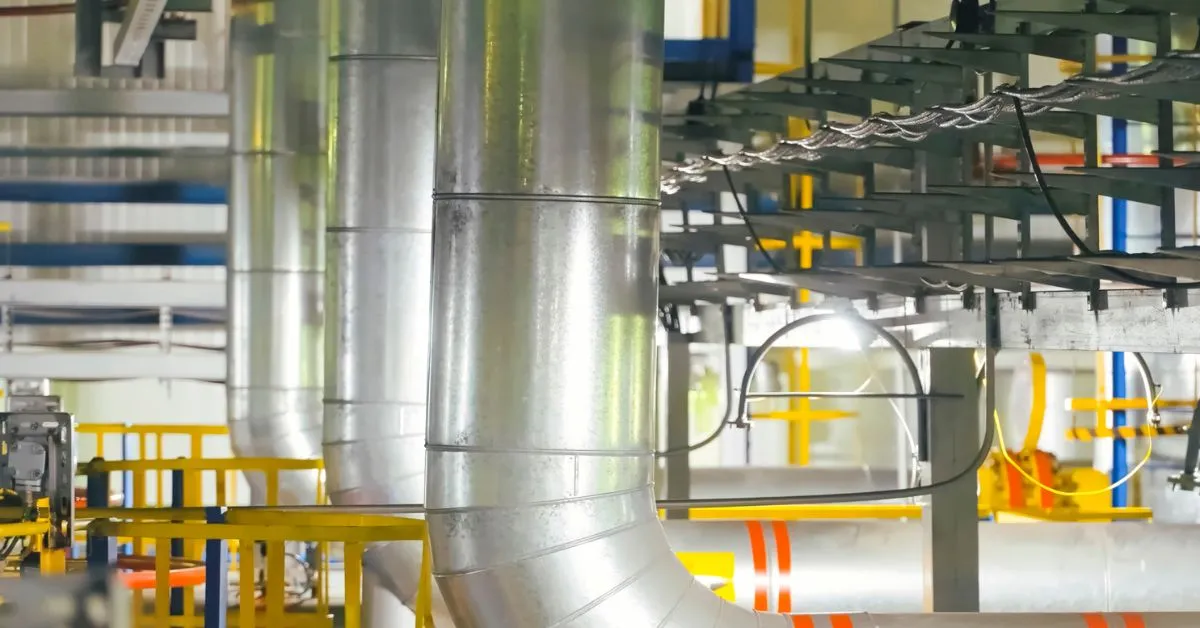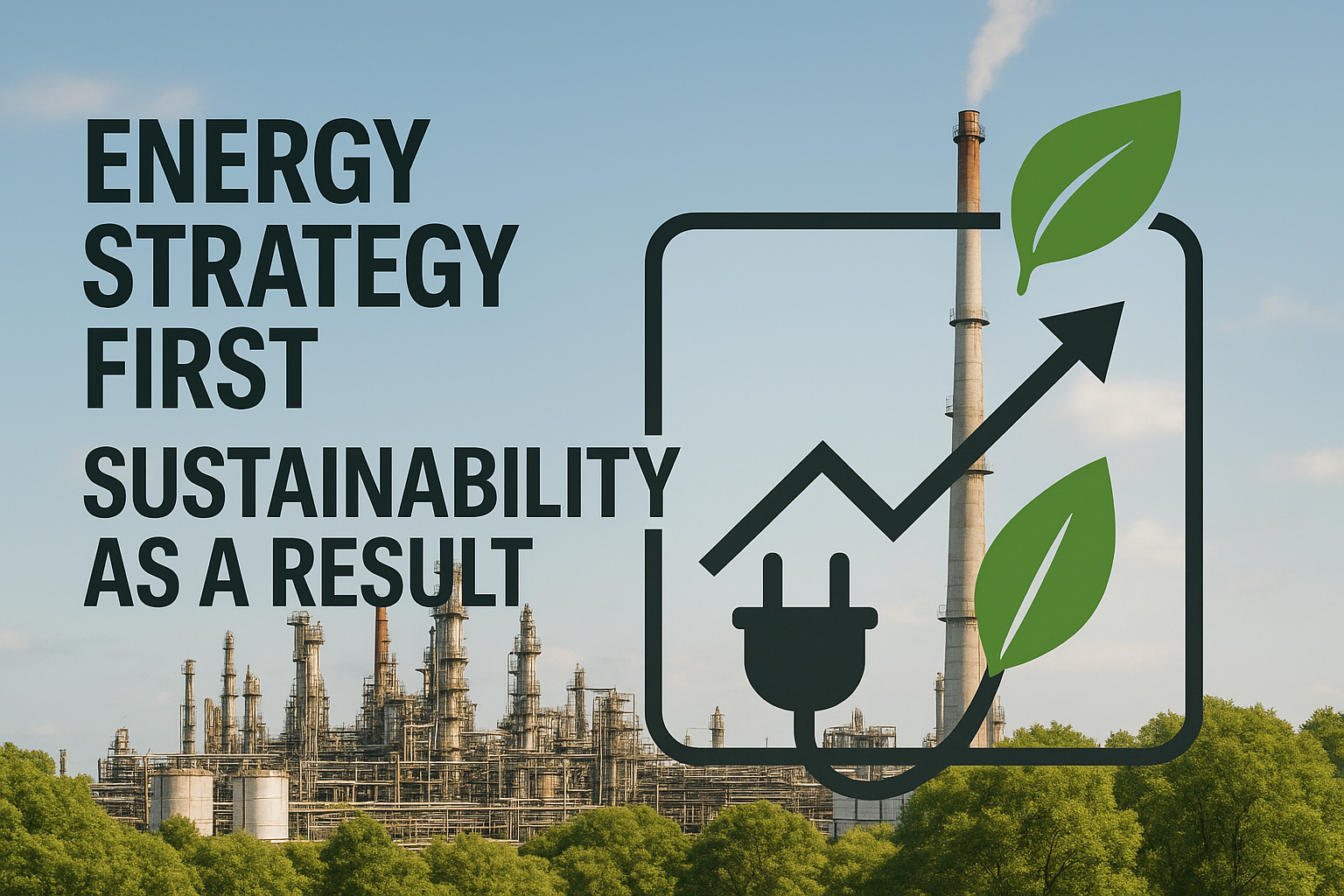Seaborne LNG volumes keep climbing as new export hubs come online, yet many facilities still run on designs drawn up for a very different gas market. An LNG plant chills natural gas to –160 °C so you can load it onto a ship, but every kilowatt wasted in that cryogenic step chips away at the margin and raises emissions.
With natural gas emissions increasing by approximately 2.5% (180 Mt CO₂) in 2024, making it the largest contributor to global carbon emissions growth, optimization has never been more critical. Operators now face five persistent constraints: fluctuating feed-gas quality, intricate refrigeration trains, boil-off losses, exchanger fouling, and the tug-of-war between parallel trains.
Industrial AI steps in where static margins fall short. By linking live analyzers, weather feeds, and plant data, an AIO approach continuously adjusts setpoints, detects drift before it snowballs, and helps you squeeze more liquid tonnes from the same compressors without installing new steel.
Managing Feedgas Composition Variations
Your LNG plant expects feed-gas quality to stay inside a narrow band, yet pipeline gas shifts hourly, bringing sudden spikes of N₂, CO₂, and heavier C₂+ hydrocarbons.
Lean streams lack the liquids that trap heavy ends, so trace C₅+ and aromatics escape separators, overload molecular sieves, and risk solidifying inside the main cryogenic exchanger. This creates a cascade of operational constraints that ripple through your entire facility.
Traditional designs respond by sizing equipment for the worst case and running with generous cushions, extra amine, deeper dehydration, and higher compression. Those fixed margins waste energy every minute, conditions are milder, driving up your specific power consumption without delivering corresponding value.
AI-led optimization replaces that static buffer with real-time agility. Advanced models digest continuous chromatograph readings and automatically adjust acid-gas loading, bed switching, and mercury-guard temperature. By anticipating composition swings such as the significant water-load increases triggered by inlet temperature rises, AI optimization technology trims power before the cold box feels the impact, preserving capacity without surrendering safety.
Optimizing Complex Refrigeration Cycles
Every metric tonne of LNG must be chilled from ambient conditions to -160 °C, and that job falls on a multi-stage refrigeration system. Propane handles the first cooling step, a mixed hydrocarbon blend finishes the deep-freeze, and heat exchangers tie the system together. The compressors that drive each stage consume most of the plant’s power budget, so even small inefficiencies show up on your fuel bill.
Traditional advanced process control solutions maintain fixed margins to stay safe, yet those wide guardrails make it hard to balance suction pressures, refrigerant composition, and compressor load when weather or feed rates swing. The result is wasted energy and higher boil-off downstream.
Artificial intelligence models tighten those guardrails in real-time. By continuously coordinating compressor speeds, trimming refrigerant flow, and fine-tuning the mixed-refrigerant recipe, the system adapts to daily temperature swings or sudden feed-gas changes without operator intervention. Plants adopting mixed-refrigerant optimization can reduce energy consumption compared to traditional control approaches. These energy savings directly improve financial performance and reduce carbon emissions.
Minimizing Boil-Off Gas and Recovering Cold Energy
Boil-off gas (BOG) represents both lost product and wasted cold energy as LNG absorbs ambient heat. This causes substantial losses across global LNG volumes, creating a significant gap that drains profit and inflates emissions. Conventional BOG handling waits until tank pressure climbs, then vents, flares, or overworks the reliquefaction compressors.
An automated intelligence optimization solution turns that reactive cycle into proactive control. By fusing real-time tank data with weather forecasts, cargo levels, and berth schedules, the model forecasts evaporation peaks before they hit. The system can then:
- Adjust sub-cooling duty or tank pressures to smooth heat influx
- Choose the least-energy path between reliquefaction, routing to propulsion fuel, or storage on a minute-by-minute basis
- Sequence ship loading so older tanks move first, avoiding unnecessary aging
This proactive approach delivers measurable results. The AI optimization solution transforms BOG from an inevitable loss into a manageable resource, protecting both margins and environmental targets.
Heat Exchanger Performance and Fouling Prediction
The main cryogenic heat exchanger (MCHE) serves as the heartbeat of an LNG train. When fouling reduces its heat-transfer coefficient, liquefaction duty drops, and the whole plant throttles back. Traditional protection relies on manual inspections during scheduled shutdowns, often discovering fouling deposits only after they have already forced throughput reductions or energy spikes.
An automated intelligence-driven approach transforms this timeline. Continuous sensor data on temperatures, pressures, and flow combine with virtual sensing techniques that estimate fouling resistance as conditions evolve.
Advanced models compare the “clean” performance predicted for current conditions with actual outlet temperatures; even subtle divergences can flag early deposit formation. When spectroscopy data, such as near-infrared scans of exchanger surfaces, enter the model, detection capabilities can sharpen further.
Rather than waiting for shutdowns, the model can forecast when performance loss may exceed economic thresholds and recommend optimal cleaning windows. Simultaneously, it can suggest operational adjustments, such as modifying flow distribution or tweaking operating parameters, to slow further build-up, helping maintain production until maintenance occurs.
Plants applying predictive analytics approaches can reduce maintenance-related expenses by significant percentages while protecting liquefaction capacity.
Coordinating Multiple Trains and Shared Utilities
Every large LNG complex runs several liquefaction trains that pull from common pools of power, cooling water, and refrigerant. When one train ramps up quickly or another limps along after maintenance, those shared utilities swing, creating bottlenecks that chip away at throughput and raise energy use.
Historically, control rooms managed each train in isolation. Operators watched local KPIs, leaving hidden constraints, like compressor load on the shared mixed-refrigerant loop, unresolved until alarms flashed. The result was conservative setpoints, frequent rate cuts, and a constant tug-of-war for resources.
Industrial automation intelligence changes that dynamic by treating the facility as a single, living system. Models trained on years of plant data forecast how adjustments in any train ripple through utility networks, then suggest coordinated setpoints that keep the whole site in balance. Real-time monitoring streams current conditions into these models, allowing the system to rebalance refrigeration duty, power loading, and cooling water flow every few minutes.
Beyond rate balancing, the technology offers clear guidance on feed-gas routing, optimal turndown, and the best moments to idle a train for maintenance. Plants deploying these models have reported 4–5% higher production alongside noticeable energy savings, all without new equipment investments.
How Imubit’s Closed Loop AI Optimization Transforms LNG Plant Efficiency
Imubit’s Closed Loop automated intelligence optimization acts as your plant’s learning control system, continuously reading sensor data, historian tags, and operating decisions to address all five constraints in real time. The AIO solution writes updated setpoints directly to your control system, driving improvements across liquefaction, boil-off management, heat-exchange health, and multi-train coordination.
Plants using advanced industrial automation on refrigeration cycles have recorded lower energy consumption compared with traditional controls, even under changing ambient temperatures and feedgas swings. Imubit captures these same efficiencies without new compressors, exchangers, or instrumentation, just smarter control that learns.
The model adapts as conditions evolve, delivering lower specific power, higher throughput, and proactive emissions control. Your facility can achieve similar results with a Complimentary Plant AIO Assessment.




